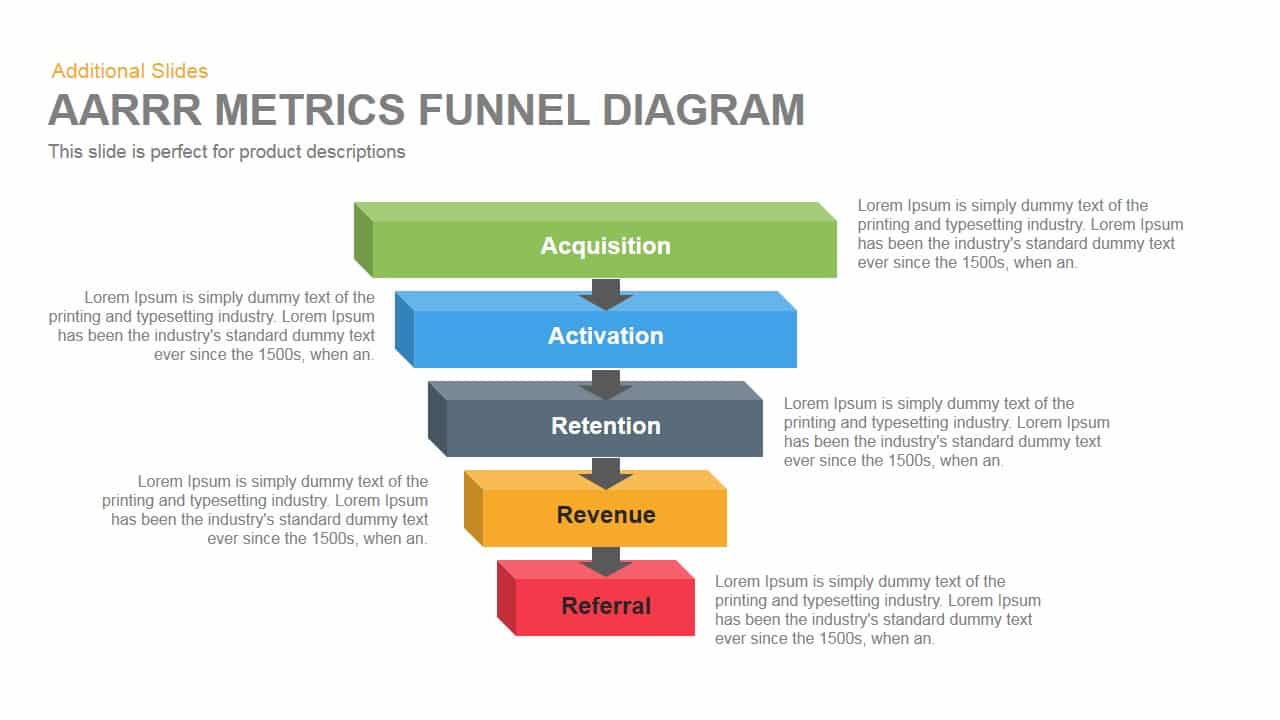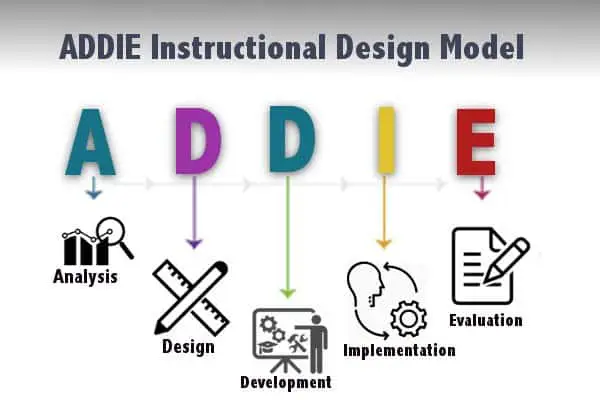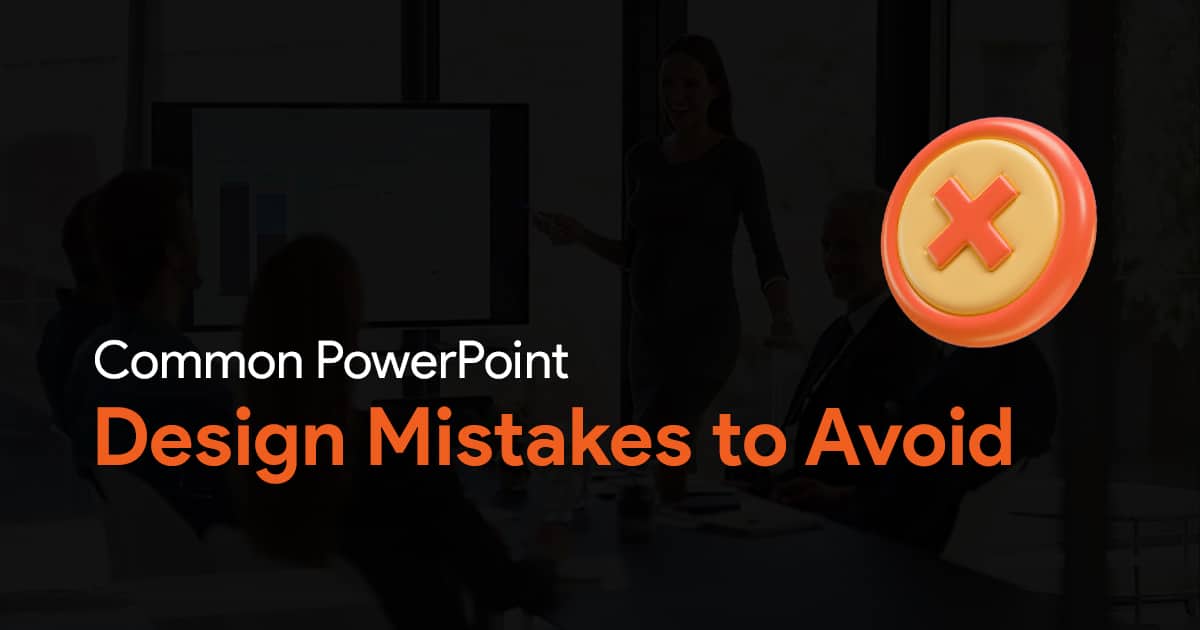AARRR metrics for brand-building

Brand-building or even launching your own product is tough. It is also difficult to attract and retain new customers. Exclusive customer acquisition strategies or lead generation models may put you in the top of the market place. To realize the sales goals, organizations are applying the old-style AIDA model to modern AARRR framework.
In 1992, Dave McClure introduced the world to a five-step framework for business growth. That framework was called AARRR, or the Pirate Metrics. This is business analytics structure that helps you to progress lead generation programs and thereby you may get maximum conversions, that you can use to determine where you should focus on improving your marketing funnel, to make the most of your scarcest resource — your time.
What is AARRR?
AARRR is the most accepted sales metrics for a startup to focus on. This metrics efficiently measure your company’s development while at the same time being simple and functional. The abbreviation AARRR stands for Acquisition, Activation, Retention, Referral and Revenue. It is useful for understanding your customers, their buying journey, and improving your funnel as well as setting some valuable and functional metric goals for your startup. Let’s begin to explore the 5 metrics…
- Acquisition— wherefrom the customers coming?
Acquisition, the starting A in the AARRR metrics, defines how people find you and finally turn in to customers. According to Dave McClure, the acquisition is all about where you are getting your users from. You have different channels where the customers coming from. It’s something like that you get a girlfriend from the venue of the inter-collegiate basketball tournament, however, your skills play an important role here. Some of the channels may be easier to track than others, including mouth publicity. By this, we can assume that the important part is not just observing at site visitors but also at how many of them convert to customers. You need to frame every step of your customer passage in the funnel not just look at the last conversion to a paying client.
Every conversion along the way counts. Just look at customer journey for an internet-based business:
Website visit -> email signup -> webinar engagement -> call with sales team -> conversion to customer.
The steps that you have taken before converting a customer, will count as micro-conversion. And that should be measured to understand your customer journey and optimize your customer journey. For e-business or any other type of business that mostly depends on an active sales team, it’s also important to distinguish between a lead and a qualified lead.
One of the simple ways to check where are you getting your users from and what are your most operative user acquisition channels is slice up it in Google Analytics.

The vital Channels are Conversion Rate Optimization, Chat Widgets, Newsletter subscriptions, Lead-magnets, Webinars, Landing page optimization, promotions.
The important Acquisition metrics are fresh leads, email subscribers, resource downloads, and sales chat, pretty much anytime you get a customer’s email address.
Lead conversion journey: visitor> lead>qualified lead>customer
If a lead completes the next micro-conversions in your customer journey, for example by watching a webinar on how to use your product or how your product explains a specific problem, you can consider them a qualified lead as they are vigorously involved in checking your product
- Activation— how good is the customers first impression/experience
Activation metrics states the first knowledge and experience of your customer with your product/service. If people sing up or download your app, it is not enough to convert them as your actual customers because there is a chance to stay away from your sites, when they realizing the potential benefits of your product/service. It is the moment the user realizes the value (or the real benefits) of your product, as quickly as possible so that customers keep coming back. The time between when the user signs up and when he says “this is what I really searching for”, that is an activation in brief. The activation phase helps your users understanding your product.
Activation metrics to gauge: Fresh trial signups, loss-leader product sales, free customers, replies.
Channels to use: customer success, feature adoption, User-experience, traditional sales, initial customer success.
For an online business, you need to observe the moment people initiate using your boards. Every effort after that should be put towards positively stimulates your customer. In other words, a real customer is someone who keeps coming back to use your product.
- Retention—- make customers sticky around your product. How can you keep your customers on your platform and why some of them quitting.
Retention is the process that refers to people frequently return back to use your product/service. For an e-commerce business that refers to someone not only buys from you once but many times. For an online business, that means people who are purchased your product/service should always sticky around and keep stayed on.
Retention is a vital metrics, especially for product managers, so keep an eye on. Unless you keep your customers, we can assume that you are not marketing the right product to the right people. Re-think your schemes or whom to market.
Retention metrics to gauge: net promoter score, churn and modified churn, Customer lifetime value, expansion revenue.
Retention Channels are email marketing, Customer lifecycle marketing, retargeting, product marketing.
The coolest way to keep customer has to stay on touch by emailing or other modes of rapport creation.
- Referral— make customers as your brand ambassadors
The referral is all about turning your lively users into brand advocates who will be tempting others to use your product. This is the best way to enhance your sales instead of using expensive promotion strategies.
Word of mouth marketing is one of the most main customer acquisition channels to focus on.
Referral metrics depends on: Social media shares, amount of mouth publicity, awareness metrics, net promoter score, and referrals.
Channels to work on: Referral marketing
- Revenue— “How can you increase revenue?”
Creating revenue for your business is certainly one of the core elements you should focus on when developing a project.
By increasing your Customer Lifetime Value and decreasing your Customer Acquisition Cost, you can generate your revenue.
The briefing, the AARRR framework is the simplest and most effective way to look at enhancing your business and calculating growth.


